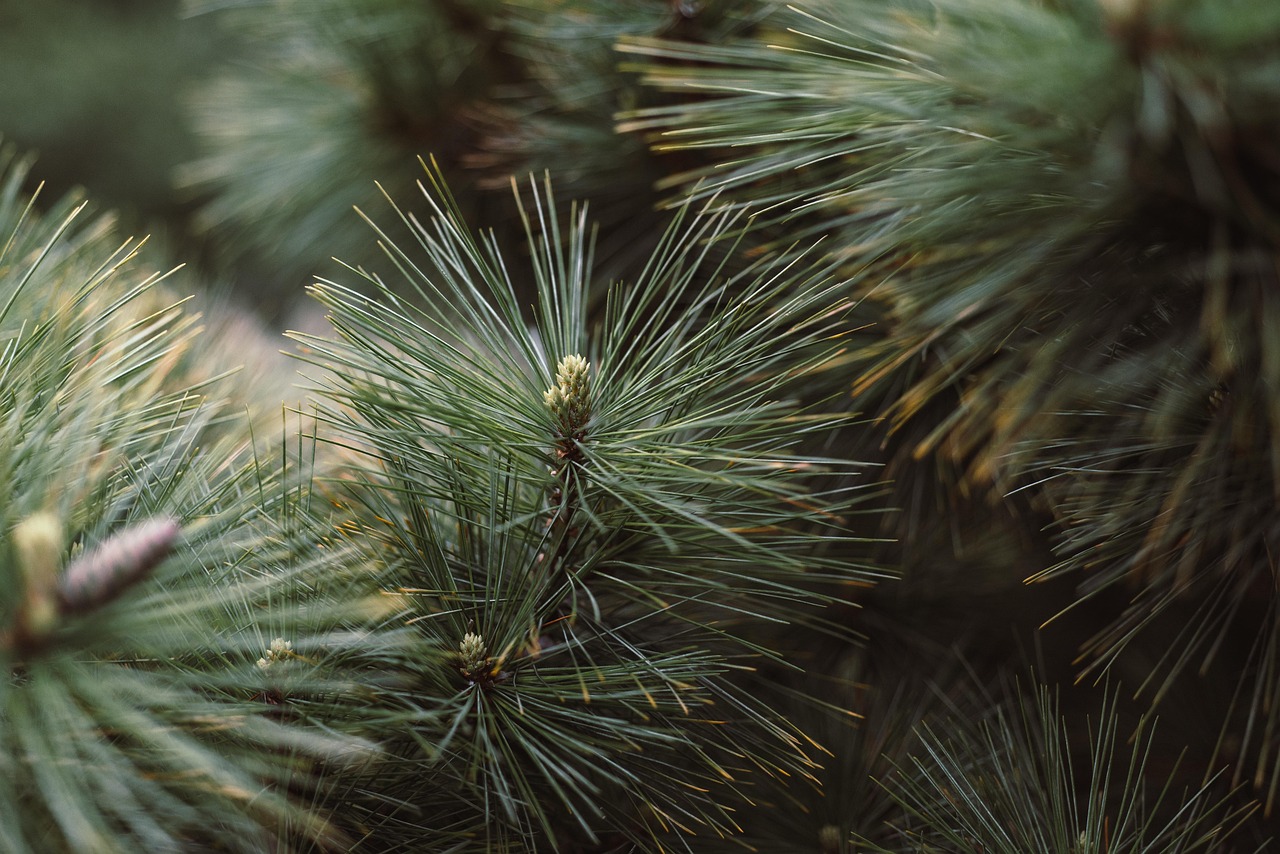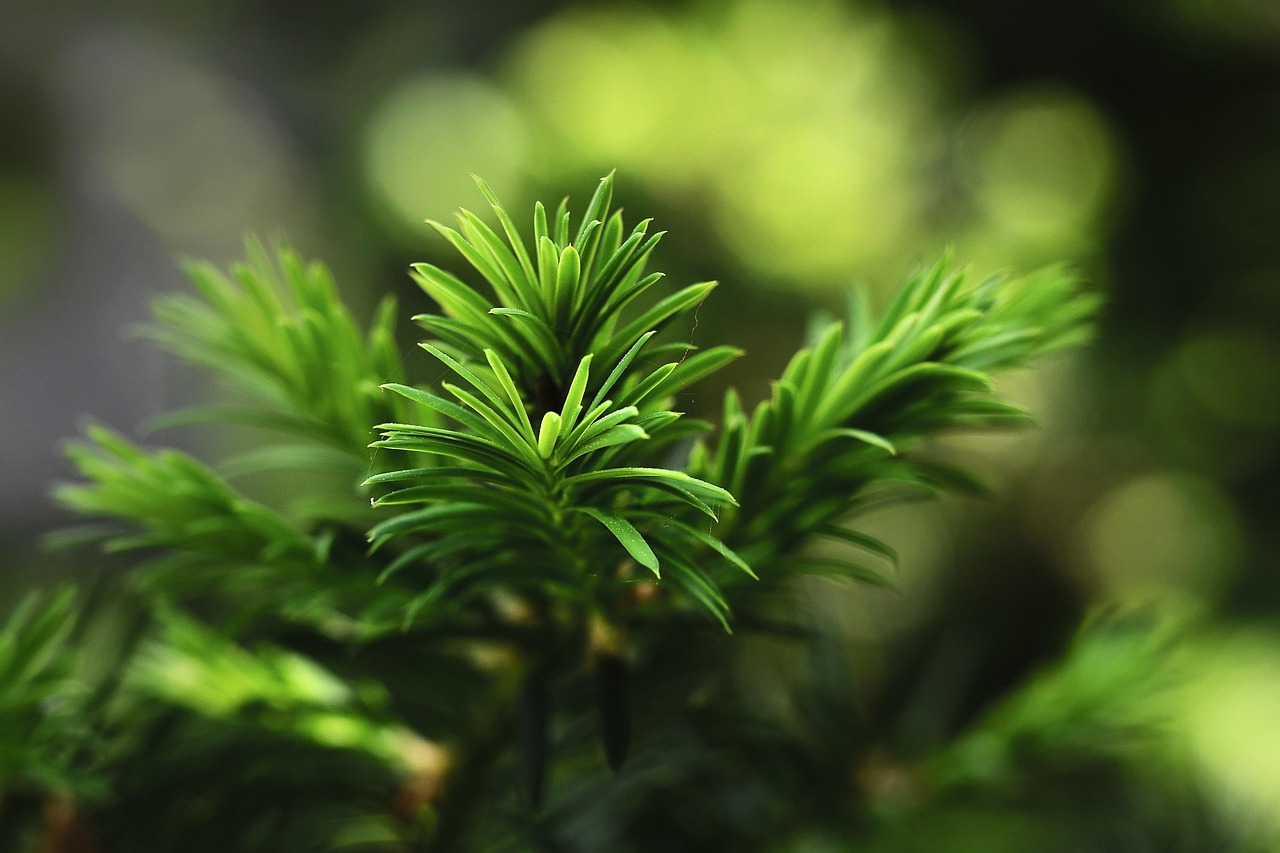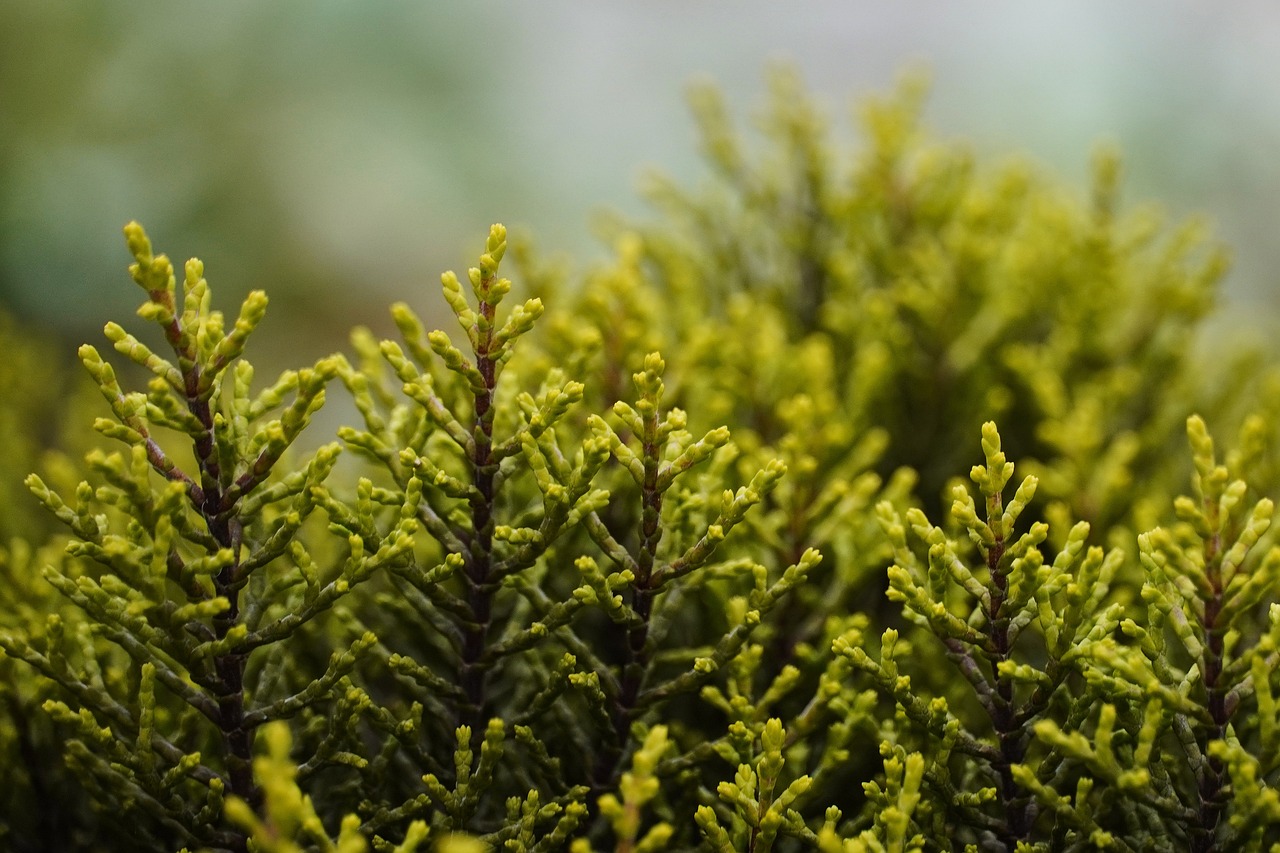Transforming dark corners of your garden into beautiful green spaces is possible with evergreen shade-loving shrubs. These plants not only thrive in low light but also add texture and color throughout the year. Discover how to enhance your landscape with these stunning options.
Many gardeners face the challenge of cultivating plants in shaded areas. Whether it is due to large trees, buildings, or other obstructions, finding suitable plants can be difficult. Fortunately, several evergreen shrubs can flourish in these conditions, providing lush greenery and visual interest.

Evergreen shade-loving shrubs serve multiple purposes in the landscape. They can act as natural privacy screens, provide structure, and create a backdrop for seasonal flowers and foliage. Additionally, these plants require relatively low maintenance once established, making them an excellent choice for busy gardeners.
Benefits of Evergreen Shade-Loving Shrubs
Choosing evergreen shrubs for shaded areas comes with several advantages:
- Year-Round Interest: Unlike deciduous plants, evergreens maintain their foliage throughout the year, adding color even in winter.
- Low Maintenance: Once established, these shrubs often require less care than flowering plants, making them ideal for low-maintenance gardens.
- Wildlife Habitat: Many evergreen shrubs provide shelter and food for birds and other wildlife, promoting biodiversity.
- Soil Erosion Prevention: Their root systems help stabilize soil, reducing erosion on slopes and hillsides.
When selecting the right evergreen shrubs for shady areas, it’s important to consider the specific light conditions and soil type. Different species have varying tolerances to shade and moisture levels. Here are some popular options:
| Shrub Name | Light Requirements | Height | Spread |
|---|---|---|---|
| Boxwood | Partial to full shade | 2-10 feet | 2-8 feet |
| Rhododendron | Partial shade | 3-15 feet | 3-10 feet |
| Japanese Holly | Full shade to partial sun | 2-8 feet | 2-4 feet |
| Winterberry | Partial shade | 3-10 feet | 3-6 feet |
Understanding the needs and characteristics of each shrub will help you create a thriving garden in shaded areas. The above table provides a glimpse of some popular evergreen shrubs suitable for low light conditions.
In addition to their aesthetic benefits, these shrubs can also contribute to the overall health of your garden. They can help improve soil quality by adding organic matter as their leaves fall and decompose. Furthermore, their dense foliage can help protect more delicate plants from harsh weather conditions.
By incorporating evergreen shade-loving shrubs into your landscape, you can effectively turn those dark corners into inviting green retreats. With a little planning and selection, you will create a vibrant space that appeals to both the eye and the environment.
Choosing the Right Evergreen Shrubs for Your Garden
Selecting the right evergreen shrubs for shaded areas involves understanding various factors, including climate, soil type, and the specific light conditions in your garden. Different shrubs have unique requirements and characteristics, which can affect their growth and appearance. Here are key considerations when choosing your plants:
1. Assessing Light Conditions
Shade can vary significantly. Knowing how much light your garden receives will help you choose suitable plants. Here are the common categories:
- Full Shade: Areas that receive less than 3 hours of direct sunlight each day.
- Partial Shade: Areas that receive 3 to 6 hours of sunlight, typically filtered or dappled.
- Filtered Sun: Areas that receive sunlight but are shaded by structures or other plants.
When evaluating your garden space, walk around at different times of the day to observe the light patterns. This will help ensure you select shrubs that thrive in those specific conditions.
2. Soil Type and Moisture Levels
The type of soil in your garden plays a critical role in plant health. Here are a few soil types to consider:
- Sandy Soil: Drains quickly but may require more frequent watering.
- Clay Soil: Retains moisture but can become compacted, which may limit root growth.
- Silt Soil: Holds moisture well and is rich in nutrients, making it ideal for many plants.
Additionally, consider the moisture levels in your shaded areas. Some shrubs prefer consistently moist soil, while others are more tolerant of dry conditions. Testing your soil can provide insights into its pH and nutrient content, allowing for better shrub selection.
Popular Evergreen Shrubs for Shade

Now that you understand how to assess your garden’s conditions, let’s explore some popular evergreen shrubs that thrive in shade:
A. Japanese Yew (Taxus cuspidata)
This hardy shrub is known for its versatility and ability to tolerate a range of light conditions from full sun to full shade. The Japanese Yew features dark green needles and can grow up to 10 feet tall, making it an excellent choice for hedges or borders.
B. Mahonia (Mahonia aquifolium)
Mahonia is an attractive shrub with holly-like leaves and yellow flowers that bloom in early spring. It thrives in partial shade and can reach heights of 3 to 6 feet. Its berries are a food source for birds, adding wildlife value to your garden.
C. Mountain Laurel (Kalmia latifolia)
This shrub features beautiful clusters of flowers in late spring and is perfect for partially shaded areas. Mountain Laurel can grow between 4 to 10 feet tall and prefers acidic soils.
D. Pieris Japonica (Japanese Andromeda)
Pieris Japonica is an evergreen shrub with attractive, glossy leaves and cascading white or pink flowers in early spring. It thrives in acidic soils and prefers partial shade, making it suitable for woodland gardens.
Maintenance Tips for Evergreen Shrubs

To ensure your evergreen shrubs thrive in shady conditions, follow these maintenance tips:
- Watering: Regular watering is vital, especially during dry spells. Ensure the soil remains consistently moist but not waterlogged.
- Mulching: Applying a layer of mulch around the base can help retain moisture and suppress weeds.
- Pruning: Regular pruning helps maintain shape and encourages healthier growth. Remove dead or damaged branches as needed.
- Fertilizing: Use a balanced fertilizer in early spring to promote healthy foliage and blooms.
By following these guidelines, you can create an attractive and thriving garden filled with evergreen shade-loving shrubs that enhance your landscape’s beauty throughout the year.

Designing with Evergreen Shade-Loving Shrubs
Incorporating evergreen shade-loving shrubs into your landscape not only beautifies dark corners but also enhances the overall design of your garden. Here are some effective strategies for using these plants creatively and functionally in your outdoor space.
1. Layering for Depth
Layering different heights of shrubs can create visual interest. Place taller shrubs toward the back of a garden bed and shorter ones at the front. This arrangement allows for better visibility and creates depth. Consider combining:
- Tall Shrubs: Use shrubs like Japanese Yew or Mountain Laurel as the backdrop.
- Medium Shrubs: Include varieties like Mahonia for added texture.
- Short Shrubs: Add smaller options like Japanese Holly at the front to complete the look.
2. Creating Privacy Screens
Evergreen shrubs can serve as effective privacy screens or hedges. This is particularly useful in shared spaces or when you desire seclusion in your garden. Some suitable options include:
- Boxwood: Known for its dense growth, Boxwood can be shaped into formal hedges.
- Holly: Provides excellent coverage while adding seasonal berries for wildlife.
- Arborvitae: Fast-growing and tall, Arborvitae works well for quick privacy solutions.
When planning a privacy screen, consider the height and width of the selected shrubs to ensure they meet your needs over time.
3. Accent Plants in Mixed Borders
Evergreen shrubs can also act as focal points within mixed borders. Combine them with flowering plants, ornamental grasses, and perennials for a dynamic display. Here are some tips for creating mixed borders:
- Select Complementary Colors: Choose shrubs and flowers that harmonize with each other to create a cohesive look.
- Vary Textures: Mixing different foliage textures can add visual appeal. Pair smooth-leaved shrubs with those featuring coarse or spiky leaves.
- Seasonal Interest: Incorporate plants that flower at different times of the year to ensure continuous interest throughout the seasons.
4. Ground Cover Options
In addition to taller shrubs, consider using evergreen ground covers to fill in spaces between larger plants. These low-growing plants can help suppress weeds and retain soil moisture. Examples include:
- Pachysandra: This hardy ground cover thrives in shade and features glossy green leaves.
- Vinca Minor: Also known as Periwinkle, it produces beautiful blue flowers in spring and summer.
- Ajuga Reptans: Commonly called Bugleweed, it has vibrant foliage and spikes of blue flowers.
Caring for Your Landscape Design
A successful landscape design with evergreen shrubs requires ongoing care. Here are some maintenance tips to keep your garden looking its best:
- Regular Inspections: Check for pests or diseases regularly to address issues promptly.
- Seasonal Pruning: Trim back overgrown areas in late winter or early spring to promote healthy growth.
- Watering Schedule: Adjust your watering routine based on seasonal changes. Ensure consistent moisture during dry periods.
- Soil Health: Test your soil annually and amend it as needed to provide optimal conditions for growth.
By thoughtfully incorporating evergreen shade-loving shrubs into your landscape design, you will create a vibrant and inviting outdoor space that flourishes even in low-light conditions. With proper care and creative planning, your dark corners will become gorgeous green retreats, showcasing nature’s beauty all year round.
Enhancing Your Landscape with Evergreen Shade-Loving Shrubs
Creating a lush, green garden in shaded areas is not only achievable but can also be incredibly rewarding. By selecting the right evergreen shade-loving shrubs, you can bring life to dark corners of your yard, enhance biodiversity, and create a tranquil retreat. These shrubs not only provide year-round greenery but also serve as a canvas for additional plantings and garden features.
It is essential to remember that each shrub species has its unique characteristics. Therefore, understanding their growth habits, light requirements, and maintenance needs will lead to a thriving landscape. Regardless of your gardening experience, there are always new techniques and plants to explore, making every gardening journey a learning opportunity.
Choosing the Right Combinations
When planning your garden design, consider the following combinations to maximize the beauty and functionality of your evergreen shrubs:
- Contrast with Flowers: Pair evergreen shrubs with flowering perennials or annuals to create pops of color and seasonal interest.
- Incorporate Hardscaping: Add pathways, benches, or decorative stones to enhance the visual appeal and usability of your garden.
- Use Focal Points: Position taller shrubs as focal points that draw attention, while lower-growing plants can fill in around them.
Combining different types of plants will help you create layers and depth, ensuring that your garden remains visually captivating throughout the year.
Environmental Benefits
In addition to their aesthetic appeal, evergreen shade-loving shrubs play a significant role in promoting environmental health. They contribute to soil stability, reduce erosion, and provide habitats for wildlife. Here are some notable benefits:
- Carbon Sequestration: Plants naturally absorb carbon dioxide, helping to mitigate climate change.
- Wildlife Support: These shrubs provide shelter and food for various birds and small mammals, enhancing local biodiversity.
- Air Quality Improvement: Evergreen plants help filter pollutants from the air, contributing to cleaner environments.
By choosing to include these shrubs in your landscape, you are making a positive impact on the surrounding ecosystem while creating a beautiful outdoor space.
Final Thoughts
Evergreen shade-loving shrubs are an excellent choice for gardeners looking to transform dark corners into vibrant green spaces. With their ability to thrive in low-light conditions, these plants offer versatility, beauty, and ecological benefits. By carefully selecting the right species for your specific environment and incorporating them thoughtfully into your landscape design, you can achieve a harmonious balance between aesthetics and functionality.
Remember to prioritize maintenance and care practices that promote healthy growth. Regular watering, pruning, and inspections will ensure that your plants remain strong and beautiful. As you cultivate your garden, allow your creativity to flourish. Experiment with combinations of colors, textures, and layouts to personalize your outdoor sanctuary.
Ultimately, the journey of nurturing evergreen shade-loving shrubs will not only beautify your space but also provide a sense of accomplishment and connection to nature. Embrace the process and enjoy the lush greenery that can flourish in even the darkest corners of your garden.
